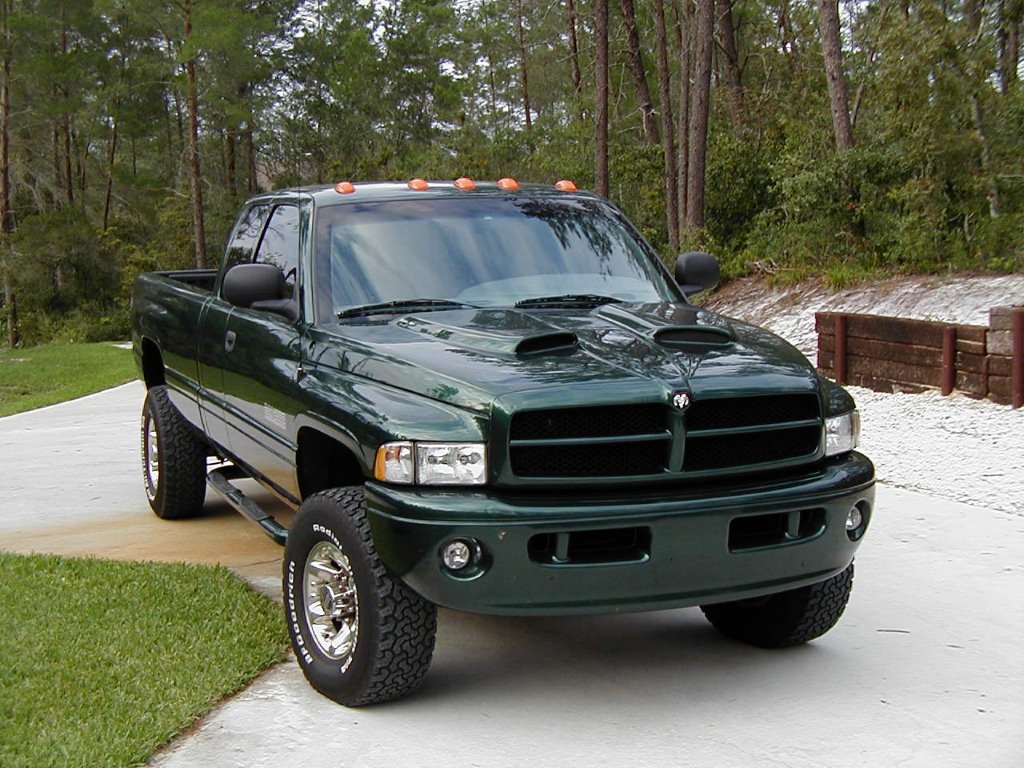Rust is a silent killer in the automotive world, especially when it targets a vehicle’s structural elements like the floor pans.
While bed rust and rocker panel issues often grab attention, corroded floor pans can compromise structural integrity, safety, and resale value.
Some trucks are built with better corrosion resistance from the factory, while others fall victim to poor coatings or bad drainage design. Here are five trucks known for resisting floor pan rust and five that are prone to it.
Trucks Whose Floor Pans Resist Rust
Rust doesn’t care how tough your truck looks—if the floor pans aren’t built to last, corrosion will creep in and eat away at the very foundation of your ride. For truck owners who plan to keep their rigs through winters, mud, and road salt, rust resistance isn’t a luxury—it’s essential.
In this article, we highlight the trucks that stand up to the elements with floor pans engineered to resist rust better than the rest. Whether you’re buying new or checking used listings, these are the models worth a second look if longevity is your goal.
1. Toyota Tacoma (2005–Present)
Toyota has consistently invested in corrosion-resistant coatings and galvanization for the Tacoma. While older frames had rust recalls, the floor pans themselves are well-sealed, especially in second- and third-gen Tacomas.
Owners in northern climates report that even with years of winter salt exposure, the floor pans tend to hold up, particularly when the undercoating is intact.
The Tacoma has long been a cornerstone—arguably the central figure—of the mid-size pickup category, and it has just received a full, much-needed redesign. This overhaul brings new features, enhanced off-road capability, and a few notable advantages over its rivals.
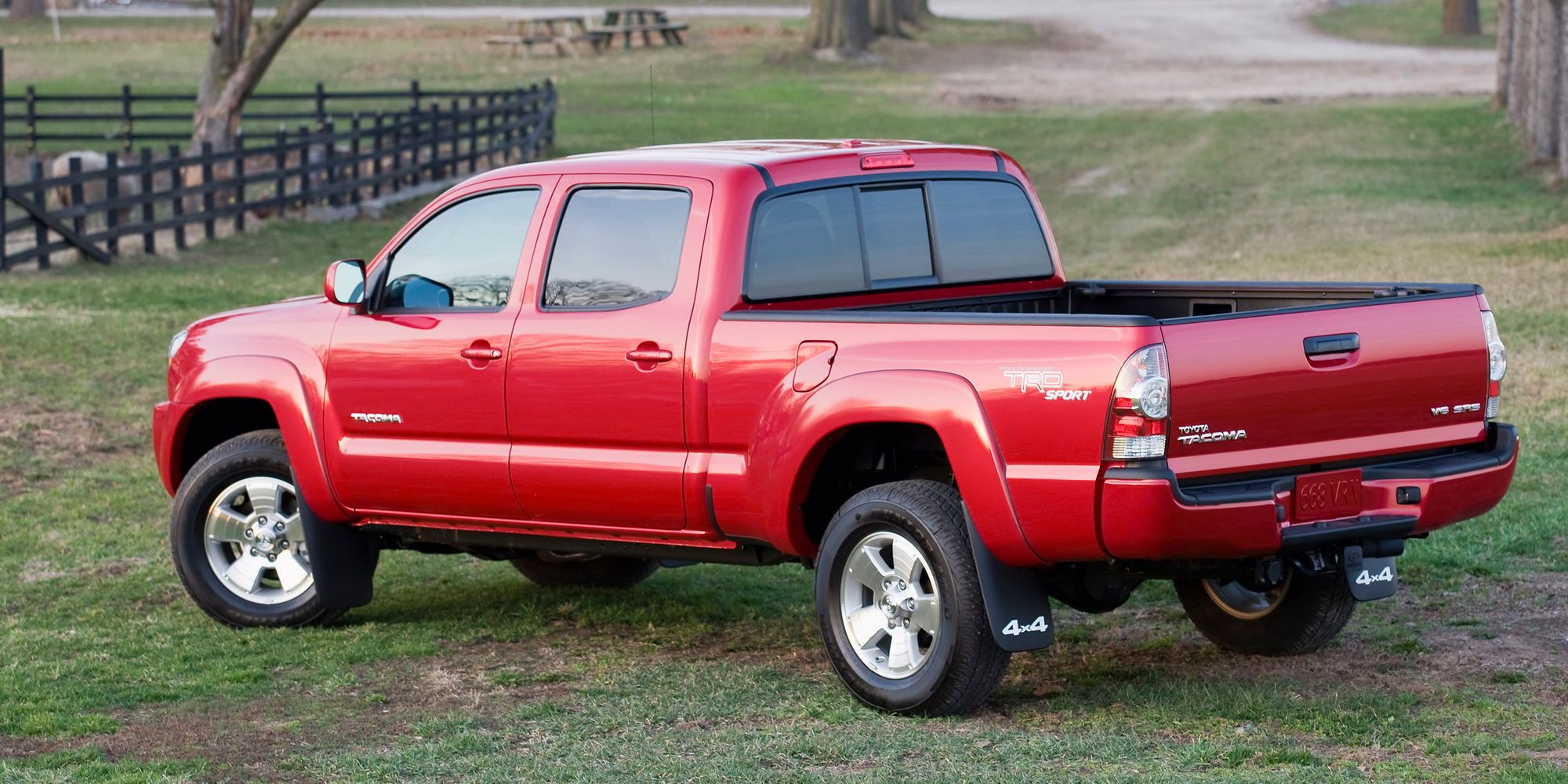
The nonhybrid model discussed here delivers up to 278 horsepower from a turbocharged four-cylinder engine, while the hybrid variant of the Tacoma—reviewed separately—produces 326 horsepower.
A newly available rear coil-spring suspension helps absorb bumps both on pavement and off-road, and the vastly improved driving position now provides added comfort along with enhanced forward visibility. Inside, the bold, angular styling of the exterior is echoed by the interior design, which also comes loaded with up-to-date technology.
Toyota continues to offer a broad range of cab styles, bed lengths, and trim levels, though the highest-spec—and priciest—options are exclusive to the hybrid models.
The Tacoma’s closest competitors, including the Chevy Colorado and GMC Canyon twins, as well as the Ford Ranger, have also undergone recent full redesigns, giving buyers a strong lineup of capable choices in this segment.
2. Ford F-150 (2015–Present)
With the 2015 redesign, Ford switched to military-grade aluminum body panels for the F-150. While floor pans are still steel, Ford improved rust protection significantly with better underbody coatings and improved drainage.
The modern F-150’s floor pans show far less rust compared to earlier models, even after a decade in harsh environments.
With its smooth and comfortable ride, the F-150 can almost trick you into thinking you’re driving a smaller truck. The steering is precise and responsive, making it easy to handle in tight areas while staying stable on the highway.
Models equipped with the available adaptive suspension deliver the most refined driving dynamics in the lineup, but even the lower trims remain pleasant and composed on the road.
The F-150 offers a wide range of engines, with power outputs spanning from 325 horsepower up to 720. The hybrid variant stands out as the most fuel-efficient option, though the transitions between electric and gas power can feel abrupt at low speeds.
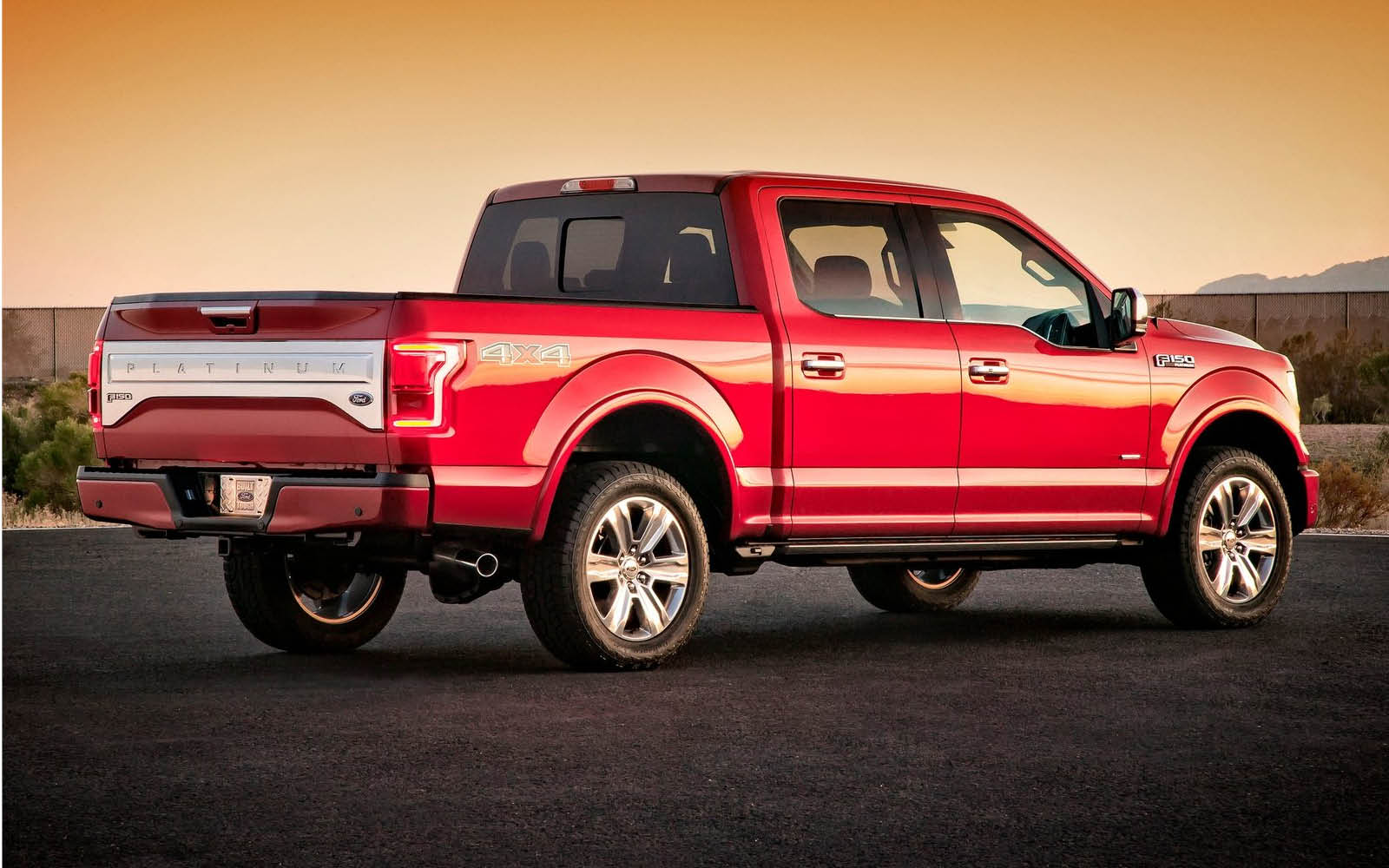
The nonhybrid V6 provides an ideal mix of performance and smoothness, while the V8 brings robust and refined power. When properly equipped, the F-150 can tow as much as 13,500 pounds and carry a maximum payload of 2,445 pounds—figures that put it ahead of much of the competition. There’s also the all-electric Ford F-150 Lightning, which we review separately.
When equipped with the 2.7-liter V6 and rear-wheel drive, the 2025 F-150 earns fuel economy ratings of 19 mpg in the city and 25 mpg on the highway. The 3.5-liter V6 hybrid setup delivers the best mileage, achieving 22/24 mpg city/highway.
On the other hand, the least efficient are the V8-powered models—the 5.0-liter V8 returns 16/24 mpg, while the high-performance Raptor gets just 14/18 mpg city/highway.
The 2025 F-150 seats three passengers in Regular Cab configurations and up to six in Super Cab and SuperCrew models. Seat materials range from basic cloth to genuine leather, depending on trim.
The front seats offer excellent support, but in the rear, the Super Cab feels tighter compared to the much more spacious SuperCrew. While the overall interior quality is strong across the board, top competitors still edge out the F-150 in terms of high-end refinement.
Buyers can choose from 5.5-foot, 6.5-foot, and 8-foot bed sizes, which are in line with those offered by rival pickups. The F-150’s 2,445-pound max payload capacity remains one of the highest in the segment.
It also comes with smart cargo solutions like under-seat storage bins and a flat load floor in the second row for increased in-cabin flexibility. Additionally, the truck can be equipped with the Pro Access Tailgate, which features a side-hinged section to make loading easier.
3. Honda Ridgeline (2006–2014, 2017–Present)
The unibody construction of the Honda Ridgeline includes well-engineered water management, meaning rain and snowmelt are directed away from floor pan seams.
Combined with thorough rustproofing, especially on Gen 2 models, the floor pans of the Ridgeline rarely suffer from corrosion, even in salt-prone states.
Instead of trying to match the capabilities of hardcore body-on-frame trucks in the midsize category, the 2025 Honda Ridgeline sticks to its proven, well-rounded approach as it returns unchanged for the new model year.
In 2024, Honda refreshed parts of the Ridgeline’s interior, integrated additional technology, and rolled out the off-road-oriented TrailSport trim. Defying the typical truck formula with its unibody design, the Ridgeline stands apart from traditional competitors like the Chevrolet Colorado, Ford Ranger, and Toyota Tacoma.
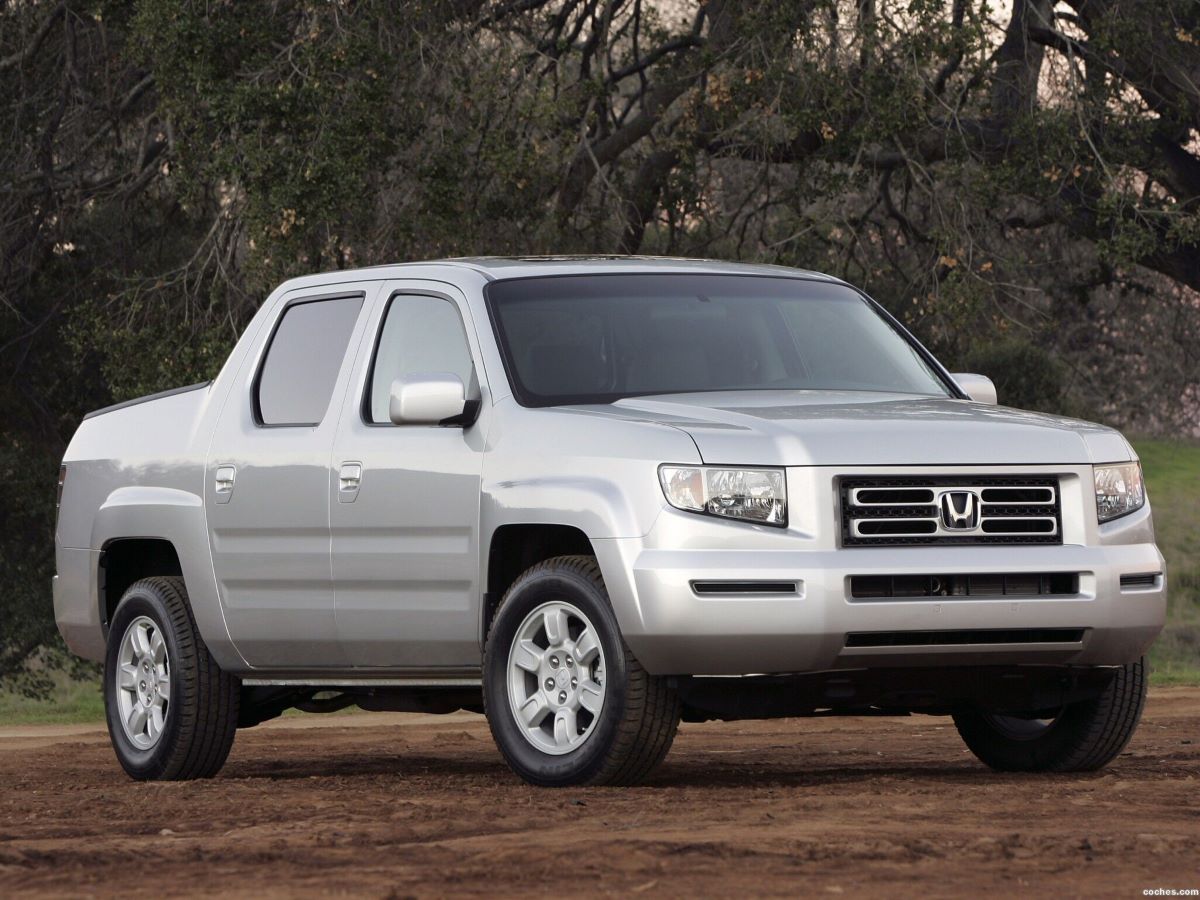
Its unibody construction and fully independent suspension make it more enjoyable and easier to drive than most conventional body-on-frame pickups. The strong V-6 engine delivers brisk acceleration, though its towing capacity doesn’t quite measure up to rivals such as the Chevrolet Colorado, Ford Ranger, and Toyota Tacoma.
The Ridgeline’s five-foot bed may not be the largest in the segment, but it makes up for that with smart features like a roomy underfloor storage compartment that can double as an ice chest, along with a versatile two-way tailgate. The 2024 updates—which brought larger screens, wireless smartphone mirroring, and improved center-console storage—helped elevate the cabin’s overall usability and appeal.
Based on our impressions of the 2024 Honda Passport TrailSport, we’re not expecting the Ridgeline’s TrailSport variant to be a serious off-road machine, but it should offer better capability for light-duty off-roading thanks to enhancements like upgraded tires, a revised suspension with added lift, and underbody protection.
A next-generation Ridgeline is likely on the horizon, assuming Honda decides to move forward with it. While the current interior is beginning to show its age next to newer models in Honda’s lineup, the Ridgeline still stands out as a smart and practical option in the midsize truck segment.
4. Chevrolet Silverado 1500 (2014–2018)
This generation of Silverado benefited from enhanced e-coating processes and smart body seam placement.
Owners often report frame and rocker rust before any floor pan issues arise. Floor pan weld seams are generally well-sealed from the factory, giving the Silverado a strong reputation for resisting underfloor corrosion.
The 2025 Chevrolet Silverado 1500 enters the new model year with a few notable updates, including two new paint options—Cypress Gray and Riptide Blue Metallic.
Additionally, Work Truck models gain a Universal Vehicle Module intended for public safety agency use. The Silverado lineup remains broad, returning with familiar trims: Work Truck, Custom, LT, RST, Custom Trail Boss, LTZ, LT Trail Boss, and High Country. All models offer either rear- or four-wheel drive, except the Trail Boss trims, which are four-wheel drive only.
Pricing for the 2025 Silverado 1500 starts at $37,845 for the base Work Truck and climbs to $64,895 for the range-topping High Country. The Custom trim comes in at $44,445, while the LT—our recommended pick—starts at $48,945 and introduces a more upscale interior.
RST models are priced at $52,345, followed by the Custom Trail Boss at $52,645, LT Trail Boss at $59,645, LTZ at $59,895, and High Country at $64,895. For those prioritizing versatility, the crew cab paired with the standard-length bed offers a good balance of cargo and passenger space.
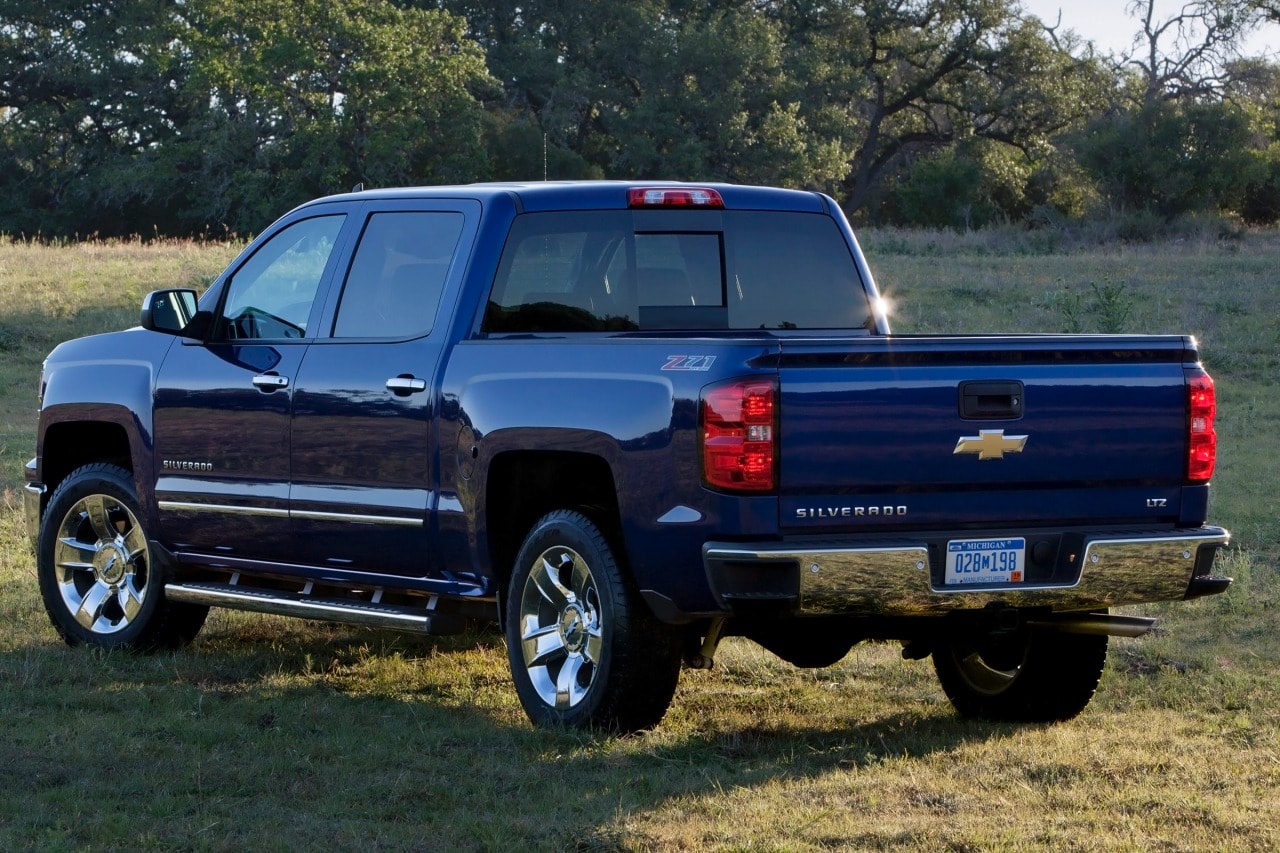
We suggest opting for the 5.3-liter V-8 over the diesel alternative—not only is it quicker and more affordable, but it also allows you to choose the Z71 Off-Road package, which adds enhanced trail-ready hardware for better performance in rough conditions.
Under the hood, the Silverado provides a range of powertrains suited for a variety of needs. Engine choices include a 310-horsepower turbocharged 2.7-liter four-cylinder, a 355-horsepower 5.3-liter V-8, a 420-horsepower 6.2-liter V-8, and a 277-horsepower 3.0-liter Duramax diesel inline-six.
In practice, all variants of the Silverado handle better than their size would imply, offering confident steering and firm brake feedback. Those seeking off-road capability will appreciate the Trail Boss trim, which features a 2.0-inch lift, aggressive tires, and other trail-friendly modifications. For even more serious off-road performance, the Silverado ZR2—reviewed separately—steps things up further.
Acceleration numbers are solid for a full-size pickup. In testing, the Silverado High Country equipped with the 6.2-liter V-8 reached 60 mph in 5.4 seconds. The 5.3-liter V-8 required 6.1 seconds for the same sprint. While the diesel-powered model was the slowest of the bunch, its quiet and refined performance stood out.
Towing capabilities are impressive across the lineup. When properly equipped, the Silverado can tow up to 13,300 pounds—exceeding the Ram 1500’s maximum by 550 pounds but trailing the Ford F-150’s by 700.
The 5.3-liter engine offers a respectable 11,500-pound towing capacity, while the turbo-four can manage up to 9,500 pounds. Payload capacity ranges from 1,870 to 2,280 pounds, relatively consistent across engine choices.
Fuel economy varies significantly depending on the engine. The diesel is the most efficient, earning EPA estimates of up to 23 mpg city and 33 mpg highway—or 26 mpg highway with four-wheel drive, a figure we matched during real-world testing.
The turbo-four with four-wheel drive is rated at 20 mpg city and 22 mpg highway. Among the gas-powered V-8s, the 5.3-liter is the thriftiest, rated at 16 mpg city and 22 highway.
Interestingly, in our tests, it outperformed the turbo-four by returning 21 mpg compared to the four-cylinder’s 18 mpg. The 6.2-liter V-8, rated at 16/21 mpg city/highway, also proved more fuel-efficient than expected, delivering 19 mpg during our highway testing.
5. Nissan Frontier (2005–2021)
Though not known for flashy features, the Nissan Frontier has robust floor construction with good factory coatings and minimal moisture traps.
The design minimizes water pooling in footwells, and many examples over 10–15 years old show little to no floor pan degradation when properly maintained.
The Nissan Frontier continues to offer a no-frills, practical take on the midsize pickup, but it struggles to keep pace with the likes of the Toyota Tacoma, Chevrolet Colorado, and Ford Ranger—all of which have seen full redesigns in recent years.
While the Frontier won’t undergo a full overhaul for 2025, Nissan has given it a modest refresh aimed at increasing its competitiveness. As before, it’s available in both two-door King Cab and four-door Crew Cab configurations. With the discontinuation of the full-size Titan after 2024, the Frontier is expected to be the sole truck in Nissan’s lineup for the 2025 model year.
The updates for 2025 include a restyled exterior featuring a new grille, front fascia, and bumper design. Towing capacity has been increased, and buyers can now get a Crew Cab long-wheelbase model with a 6-foot bed in SV, Pro-4X, and SL trims.
The interior sees changes as well, with revised dashboard trim and a larger optional touchscreen display. Wireless Android Auto is now available, and a telescopic steering wheel becomes standard across the board.
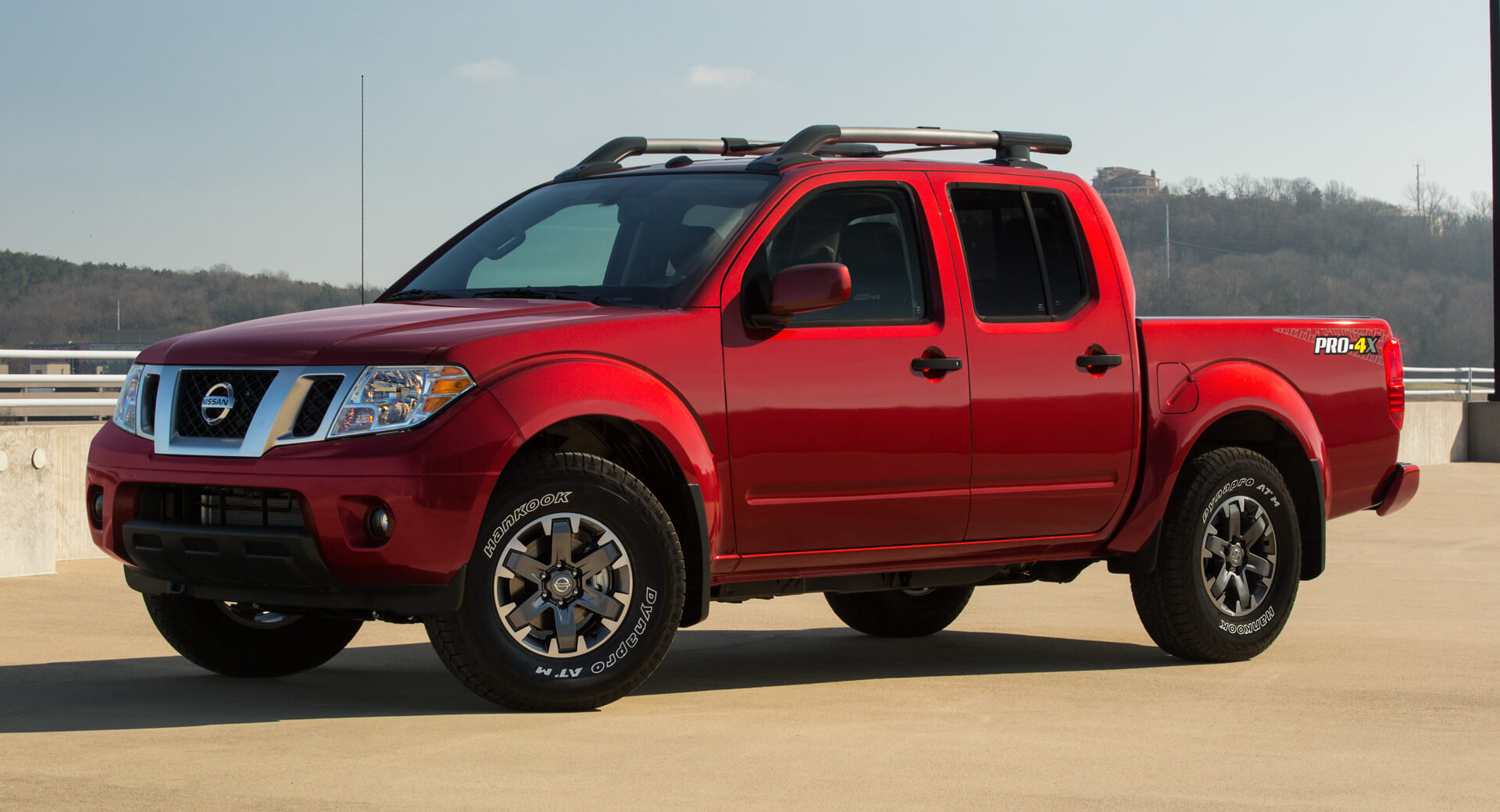
Nissan has also updated the standard safety suite and added more comfort features, including a six-way power driver seat with two-way power lumbar on SV trims and higher. A four-way power passenger seat is now standard on Pro-X, Pro-4X, and SL trims. Across all trims, a sliding rear window and a sunglasses holder in the overhead console are now standard.
The 360-degree camera’s Off-Road Mode now functions at speeds up to 12 mph, and the truck rolls on new 17-inch alloy wheels. A bold Afterburn Orange paint color joins the palette as well.
In terms of driving experience, the Frontier’s powertrain continues to be a weak point. Its V-6 engine, paired with a nine-speed automatic transmission, feels inefficient and clumsy compared to the smoother, more advanced setups offered by rivals.
That said, the Frontier does manage to tow with confidence when properly loaded, demonstrating solid capability in real-world conditions. Still, maneuverability suffers due to its wide turning circle—about three feet wider than that of a Chevrolet Suburban—which hampers its usefulness in tight spaces.
On the plus side, the Frontier retains its rugged good looks, with a straightforward, durable aesthetic that should resonate with buyers seeking a more traditional truck feel. Inside, materials feel robust, and the physical controls are logically placed and easy to use, which enhances overall ergonomics.
The cabin may lack the polish and innovation seen in competing models, but the Frontier’s simplicity is part of its charm. For some buyers, especially those who prioritize ease of use and time-tested functionality, that alone may be enough to outweigh its shortcomings—even if the rest of the segment has surged ahead.
Trucks Prone to Floor Pan Corrosion
Not all trucks are built to take the long haul—especially when it comes to what’s happening underneath. Floor pan corrosion is one of those issues that creeps in quietly and turns into a costly headache down the road.
Whether it’s poor drainage design, thin undercoating, or just bad rustproofing, some trucks are simply more vulnerable than others. In this article, we spotlight the models most prone to floor pan rust, so you know what to watch for—especially if you’re buying used or driving in wet, salty climates.
1. Chevrolet S-10 (1994–2004)
The compact Chevy S-10 was not built with long-term corrosion resistance in mind. The lack of proper drainage around the cab floor and spotty undercoating from the factory make these trucks especially vulnerable.
Once carpet soaks up water, the floor pans rust from the inside out, often going unnoticed until holes appear.
Chevrolet launched the compact S10 pickup in 1982 as a replacement for the outgoing LUV truck. Among Chevy enthusiasts, the S10 became one of the most celebrated trucks of the 1980s and ’90s thanks to its blend of versatility, good looks, and dependable performance. In addition to the Chevrolet badge, General Motors marketed rebadged variants of the S10 through its GMC, Isuzu, and Oldsmobile divisions.
The S10 remained in production for more than 20 years, ultimately being phased out in North America in 2004 and in South America by 2012. Despite its retirement, countless S10s are still running strong on roads today. Chevrolet eventually followed up the S10 with the Colorado, which continues to hold a spot in the current truck lineup.
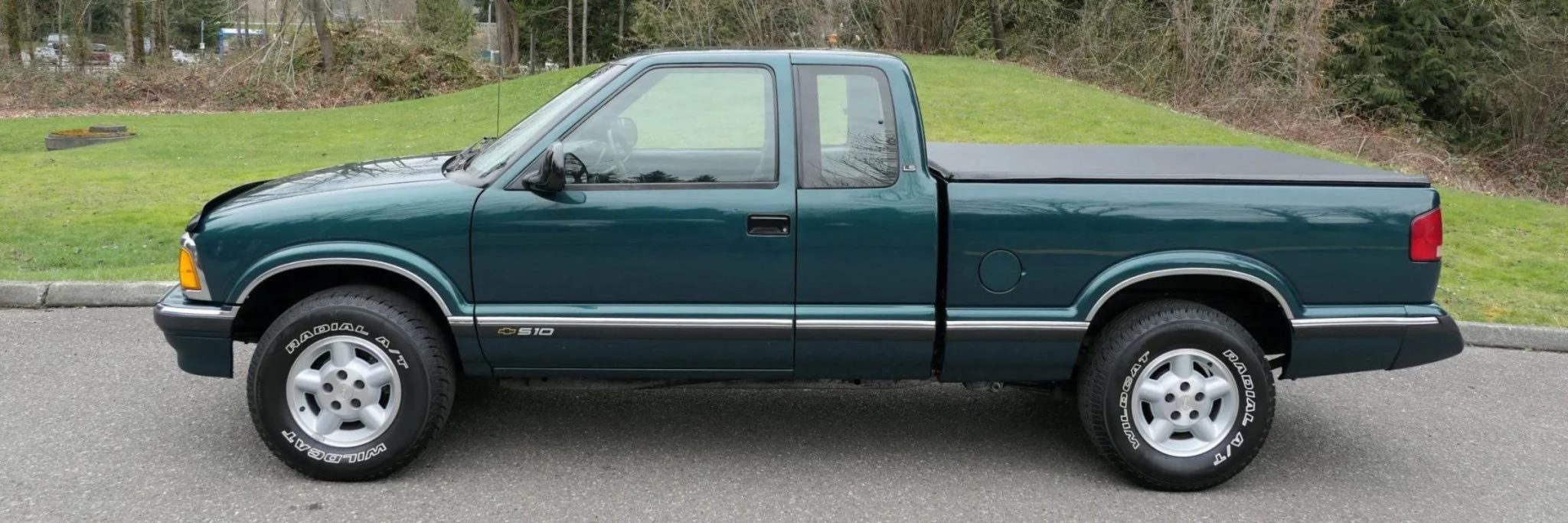
This comprehensive guide explores every key aspect of the Chevy S10 across both of its generations. We’ll dive into the model’s origin story, break down the different engine options GM installed over the years, and go over typical issues and overall reliability. We’ll also touch on performance upgrades that can turn a stock S10 into a more capable and unique machine.
In the 1970s, GM engineers began developing the Chevy S10 as a response to the oil and energy crises. Before the S10, Chevrolet’s compact truck offering in North America was the Chevrolet LUV—short for Light Utility Vehicle—a rebadged version of the Isuzu KB Faster pickup.
What GM needed was a more fuel-efficient option that could also be built domestically. That solution arrived in the early 1980s with the debut of the S10, which earned the distinction of being the first compact truck produced in the U.S. by any of the big three American automakers.
The first generation of the Chevy S10 spanned the 1982 to 1993 model years. Compared to Chevy’s full-size trucks like the C-10, the S10 was smaller, lighter, and sat lower to the ground—but it was still a step up in size and weight from the retiring LUV.
GM offered a number of closely related models during this period, including the GMC S-15 Jimmy, S-10 Blazer, Syclone, Typhoon, and Oldsmobile Bravada. During this era, the truck’s name was stylized with a hyphen—S-10—a convention that Chevy dropped in later generations.
Built on the GMT325 platform, the S10’s underpinnings drew components from GM’s G- and H-body platforms. At launch in 1982, the truck was available with two engine options, and it came exclusively with rear-wheel drive.
2. Dodge Ram 1500 (1994–2001)
These early Ram trucks were notorious for poor rustproofing. The floor pans and cab corners frequently rust out, especially in snowbelt regions.
The drainage channels near the door sills often clog, leading to standing water and eventual floor rot. Even well-maintained Rams from this era often suffer from advanced corrosion underneath.
The 2025 Ram 1500 stands out in the full-size truck segment by delivering an impressively smooth ride and maintaining a peaceful cabin environment whether you’re cruising through the city or on the highway. Its balanced steering, confident braking, and composed handling contribute to a well-rounded driving experience.
Under the hood, Ram provides three engine options for the 1500. The standard 3.6-liter V6 comes paired with a 48-volt mild-hybrid system, generating 305 horsepower and 269 pound-feet of torque. In place of the previously offered Hemi V8, Ram now introduces two new 3.0-liter inline-six turbocharged engines.
The first produces 420 horsepower and 469 pound-feet of torque, while the high-output version cranks out 540 horsepower and 521 pound-feet of torque.
The V6 remains a capable option, but the new turbocharged engines deliver powerful, refined performance with virtually no turbo lag. All engines are mated to a smooth-shifting eight-speed automatic transmission. When properly equipped, the Ram 1500 can tow up to 11,560 pounds and has a maximum payload capacity of 2,300 pounds.
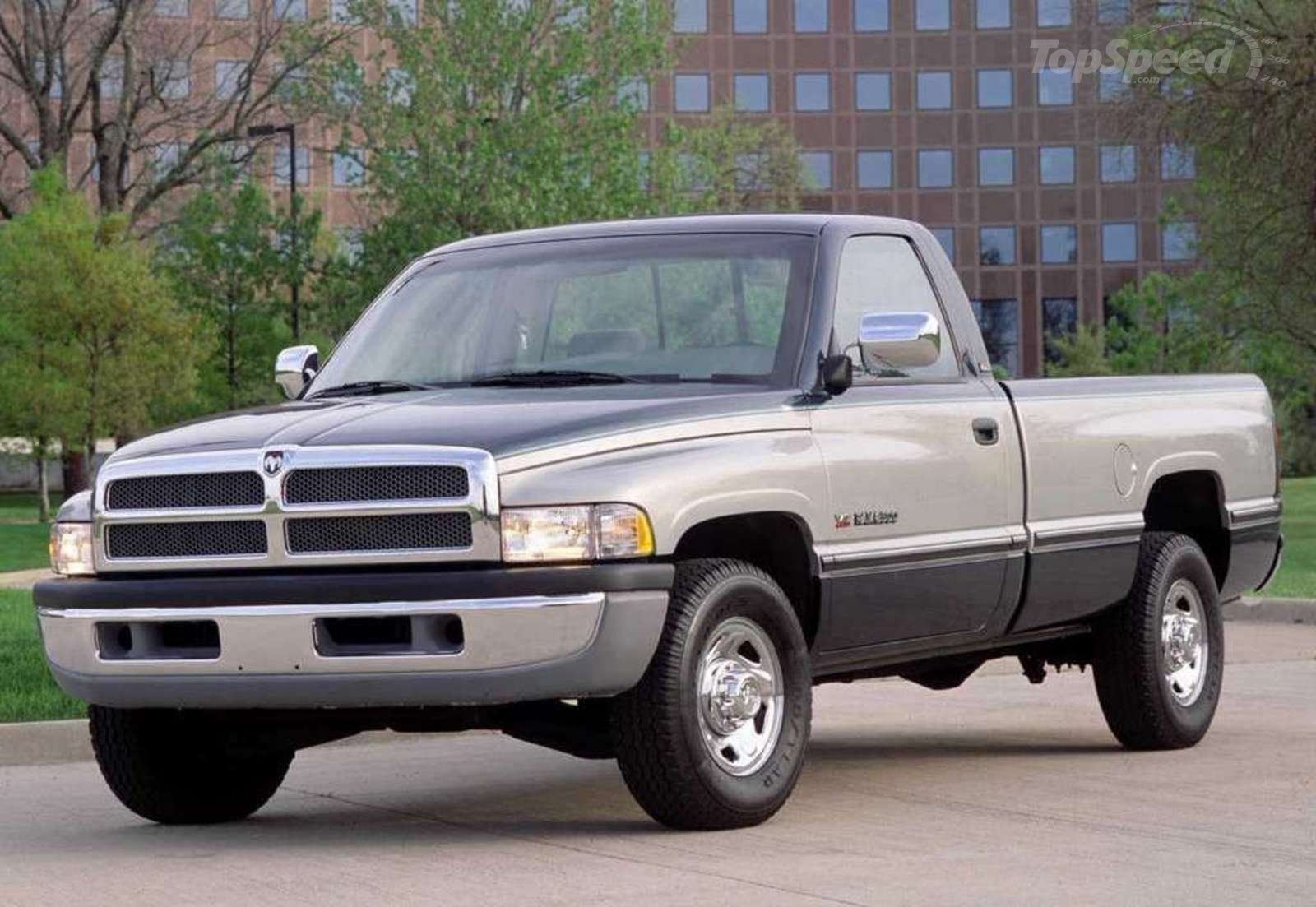
Fuel efficiency is another strong point for the 2025 Ram 1500, especially given its size and capability. The most efficient configuration features the base V6, which delivers up to 20 mpg in the city and 26 mpg on the highway with rear-wheel drive, and 19 mpg city and 24 mpg highway with four-wheel drive.
The 420-horsepower turbocharged inline-six returns 18 mpg in the city and 25 mpg on the highway with rear-wheel drive, while the four-wheel-drive version is rated at 17/24 mpg city/highway. The high-output version of the inline-six delivers 15 mpg in the city and 21 mpg on the highway.
The Ram 1500 boasts one of the most refined interiors in the full-size truck class. The cabin design is highly functional, offering numerous storage spaces throughout, while upper trims showcase premium materials and upscale detailing. Available in both Quad Cab and Crew Cab body styles, every configuration features two rows of seats.
The Crew Cab offers superior rear-seat legroom, though both cabs provide ample space for front-row occupants. In fact, the Ram 1500 has more rear legroom than any other truck in its segment. Drivers benefit from excellent outward visibility and a commanding seating position.
Bed lengths include 5-foot-7-inch and 6-foot-4-inch options, which are offered across most trim levels. Buyers can enhance the utility of the bed with features such as a bed extender and integrated in-bed lighting.
The optional RamBox cargo management system adds further versatility, offering secure, lockable storage compartments built into the bed sides—ideal for stowing tools, fishing gear, gardening equipment, and more.
3. Ford Ranger (1983–2011)
While the Ranger was a workhorse, rustproofing was not a strong suit during its production run. Floor pans, especially on older models, are prone to rot where water collects under the carpet.
Extended cab models are particularly vulnerable due to poor drainage behind the seats and along the rocker seams.
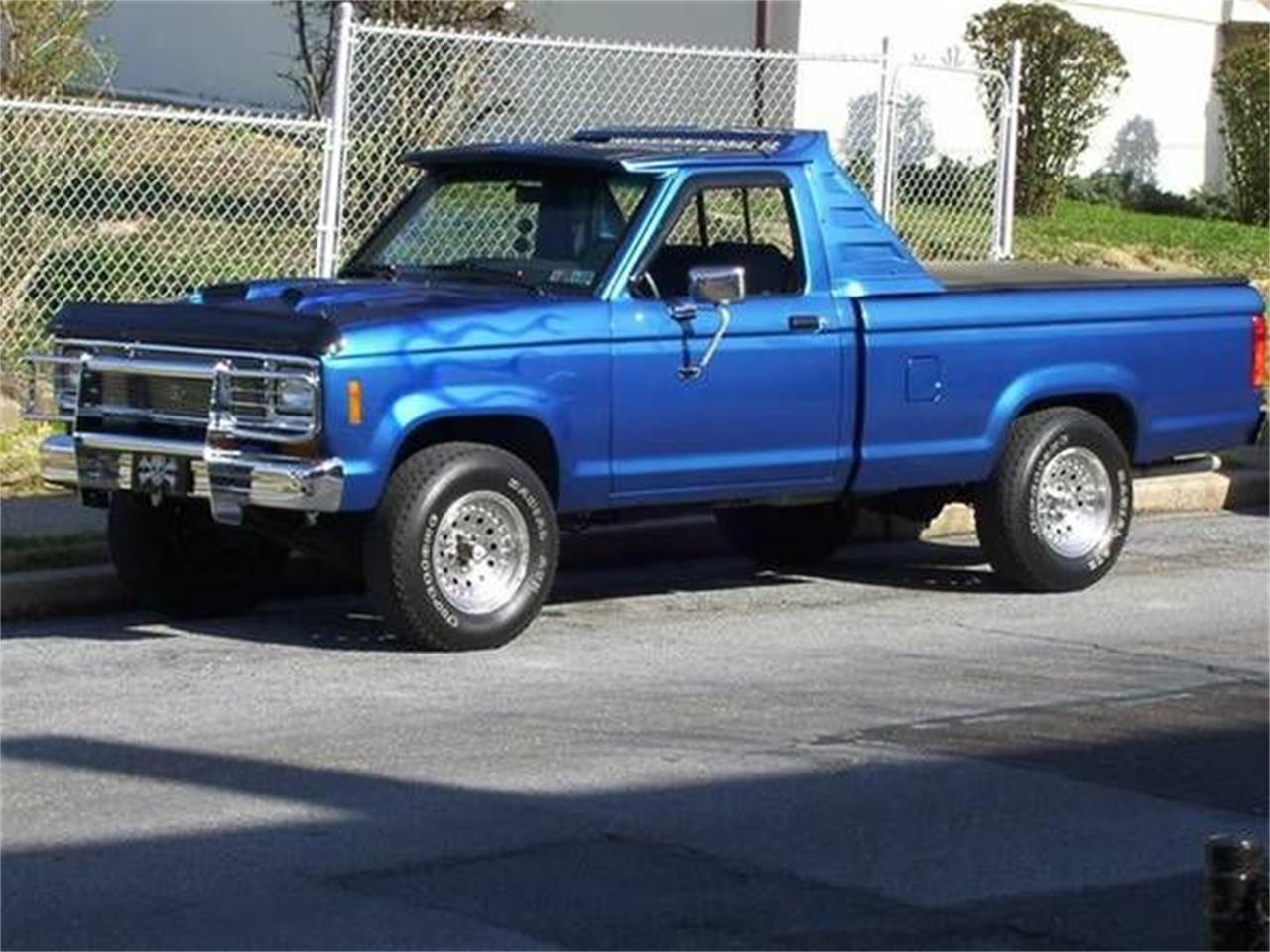
With the debut of an all-new generation in 2024, the Ford Ranger returns for the 2025 model year with minimal changes. Its core trims, engine options, and feature set remain identical to last year’s, with the rugged and trail-ready 2025 Ranger Raptor continuing to dominate the top of the lineup.
In the competitive midsize truck segment, the Ranger faces off against rivals like the Toyota Tacoma and the award-winning Chevrolet Colorado, which took home Truck of the Year honors.
4. GMC Sierra 1500 (1999–2006)
Although mechanically solid, the GMT800 generation of Sierra and Silverado trucks have a documented history of floor pan corrosion, particularly under the driver’s footwell.
Water leaks through door seals and HVAC drainage issues lead to wet carpets, and the thin undercoating does little to slow rust once it starts.
Deciding between the GMC Sierra 1500 and its mechanical counterpart, the Chevy Silverado, mostly comes down to which design you like better. These two full-size pickups share the same underlying structure and offer a staggering number of configurations—ranging across cab sizes, engines, bed lengths, towing capacities, and interior trims.
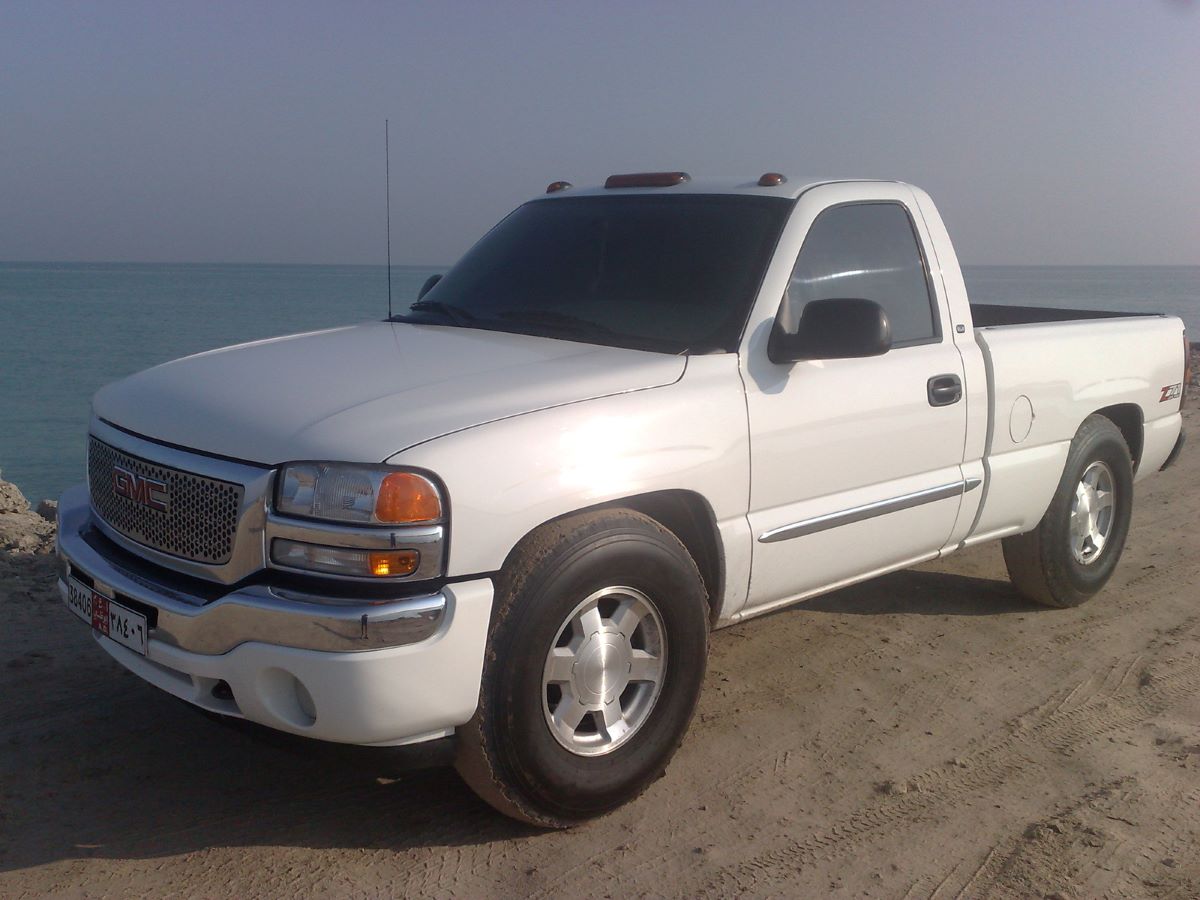
Under the hood, the Sierra 1500 offers the same quartet of engines as the Silverado: a base turbocharged four-cylinder, a 5.3-liter V-8, a 6.2-liter V-8, and a brawny Duramax diesel, the latter capable of towing up to 13,300 pounds.
Like the Silverado, the Sierra can be had in single cab, double cab, or crew cab body styles, with bed lengths that span from 5.8 feet to 8.2 feet. Four-wheel drive is an option across all configurations.
Where GMC differentiates itself is in its high-end trims, especially the Denali and Denali Ultimate models, which target buyers looking for a bit of luxury in their workhorse. These upper-tier versions come in at several thousand dollars less than the top-trim Ram 1500.
While the Sierra edges out the Ram in towing capacity by 450 pounds, the Ram still holds the edge in ride comfort and interior opulence.
5. Toyota Tundra (2000–2006)
While Toyota generally scores well for corrosion protection, the first-generation Tundra suffered from serious rust issues, including multiple frame recalls.
The floor pans didn’t escape this vulnerability, with several cases of internal rot due to trapped moisture and limited sealing. The cab’s underbody is especially vulnerable near the seat mounts and firewall.
When choosing a used truck, rust resistance should be a top priority especially in regions with heavy road salt use.
Looking at the modern Toyota Tundra, it’s almost hard to believe that Toyota was once hesitant to enter the full-size pickup market. The earlier T100 had been criticized for being only slightly larger than compact trucks of the time and for its bland, conservative design—especially when compared to the bold styling of the all-new 1994 Dodge Ram.
However, by late 1999, Toyota took a significant step forward with the introduction of the Tundra, which came much closer to full-size dimensions and attitude.
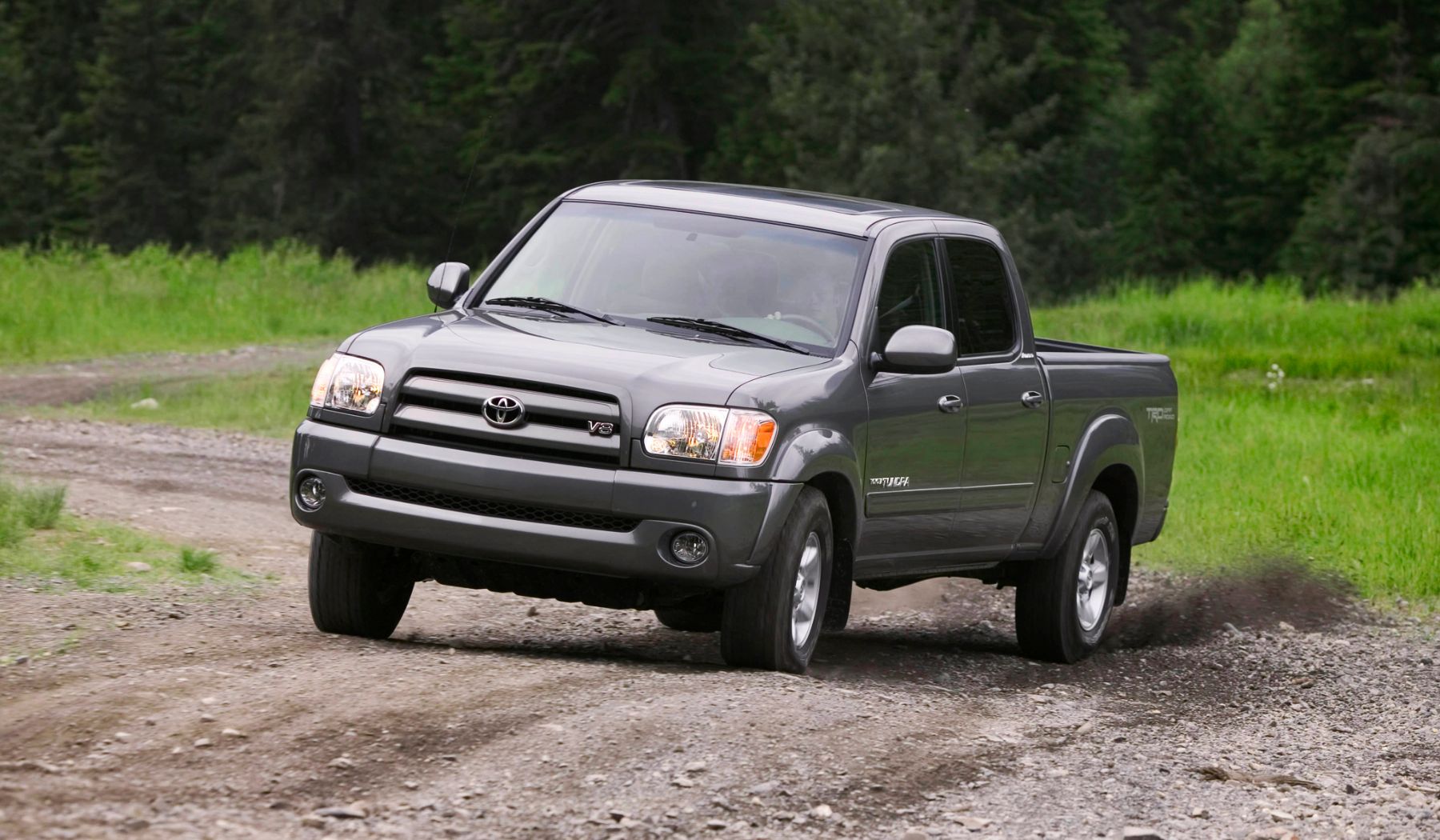
The Tundra replaced the T100 in Toyota’s lineup and brought with it more assertive styling, a body that was 8.4 inches longer, and a wheelbase stretched by 6.5 inches.
Although the overall width remained unchanged, the additional length and wheelbase translated into a more spacious and comfortable cabin. The Tundra was offered in two configurations: a regular cab with an 8.2-foot bed or an Access Cab, which featured rear-hinged doors on both sides and sacrificed 2 feet of bed length to make room for a second row.
This second row, while more comfortable and spacious than that of the Dodge Dakota, still couldn’t match the roominess offered by full-size pickups from Chevrolet, Dodge, or Ford.
One of the T100’s biggest shortcomings was the lack of a V-8, and Toyota addressed that head-on with the Tundra. By borrowing the 4.7-liter I-Force V-8 from the Land Cruiser, Toyota gave the Tundra a powertrain that finally met expectations.
This V-8 featured dual overhead cams and four valves per cylinder, delivering 245 horsepower and 315 pound-feet of torque—slightly more than the Dodge Dakota’s SOHC 4.7-liter V-8, though still trailing the Chevy Silverado 1500’s 4.8-liter V-8. In addition to the V-8, Toyota offered a 3.4-liter DOHC V-6 that made 190 horsepower and 220 pound-feet of torque.
The V-8 was exclusively paired with a four-speed automatic transmission, while the V-6 could be mated to a five-speed manual. Four-wheel drive was available on most configurations.
Built in the U.S. and carrying Toyota’s reputation for smooth and refined vehicles like the Camry, the Tundra delivered a soft and composed ride, though early models lacked true luxury and offered limited space in the rear seats.
That changed with the arrival of the 2004 Double Cab model, which featured four conventional front-hinged doors and a back seat that offered sedan-like comfort. To maintain the 6.2-foot bed, Toyota extended both the wheelbase and overall length to 140.5 inches and 230.1 inches, respectively—successfully making the Tundra a far more well-rounded and competitive full-size truck.
While some models stand the test of time with little more than routine cleaning, others require extensive repairs due to hidden floor pan corrosion.
For buyers and restorers alike, knowing which models are built to resist rust and which need extra vigilance can make all the difference in a truck’s longevity.

